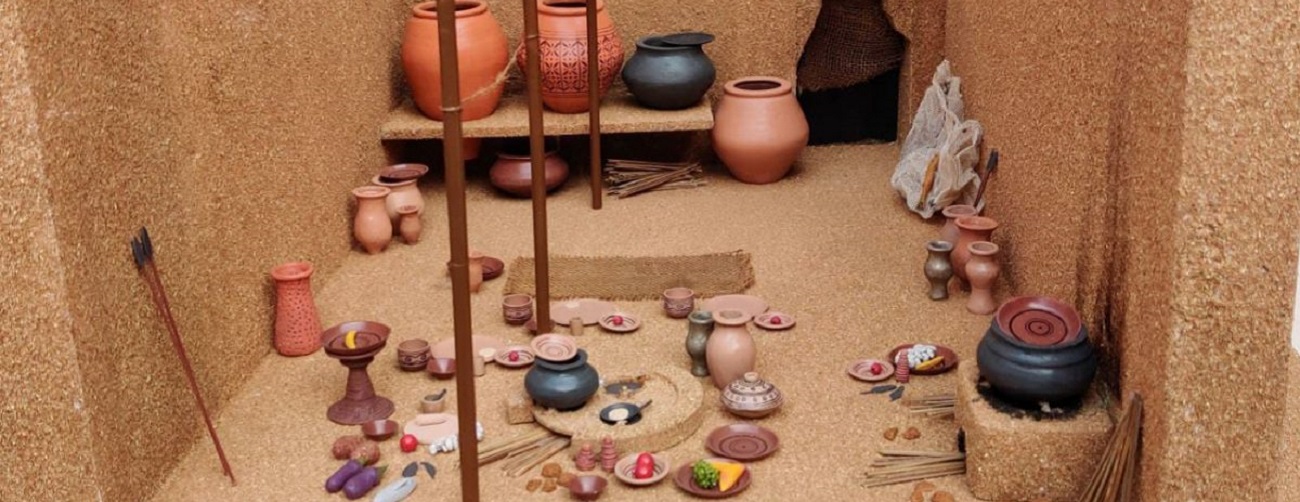A replica of a Harappan kitchen kept at the National Museum rotunda as part of Historical Gastronomica | Source: Neera Majumdar | ThePrint
Culinary Heritage of Indian Cuisine
Traditional food products are socially, culturally, and economically important. In India, food traditions go back thousands of years. Traditional INDIC foods give an exquisite vision of India’s rich cultural heritage. The cuisine of India is as ancient as it is varied. Indian cuisine reflects a 5000-year history of intermingling of various communities and cultures, leading to diverse flavors and regional cuisines. The arrival of the Mughals conquerors, the British and Portuguese traders further added variety to Indian cuisine.
Traditional food habits across the country are primarily based on a holistic approach to nutrition. Indian traditional foods are recognized as functional foods because of the presence of functional components such as body-healing chemicals, antioxidants, dietary fibres, and probiotics [1].
Influence of Ayurveda on Indian Cuisine
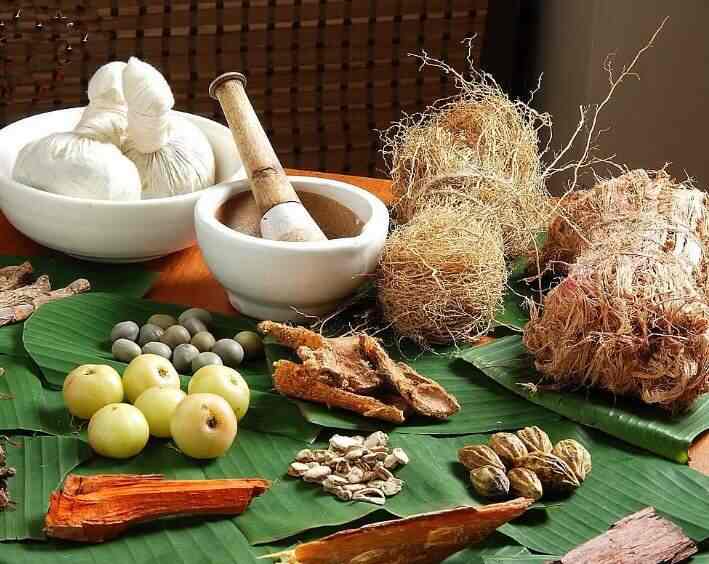
Ayurveda has laid the foundation for the basic Indian cooking style ever since Indus Valley Civilization. Ayurveda (Ayur = life, Veda = science or knowledge) is a traditional healing system of medicines native to India. In Ayurveda, regulation of diet is crucial, since it examines the whole human body as the product of food. The age old practice of Ayurveda believes we’re made up of three different ‘body types’ that equates to our physical and personality attributes, known as doshas. These are: vata, pitta and kapha, each of which represents two of the five universal elements – Pancha Bhoota (a combination of either, air, fire, water, earth). Pancha Bhoota, according to Hinduism, is the basis of all cosmic creation. These elements are: Prithvi (Earth), Jal (Water), Agni (Fire), Vayu (Air), Aakasha(Space). These elements have different characteristics and these also account for different faculties of human experience. In Ayurveda and Indian philosophy, the human body is considered to be made of these five elements. So our lifestyle and food habit should be in sync with the rhythm of Nature to be truly healthy.
Photo Source: Tour My India Pvt
Types of Ancient Indian Food
As per the archaeological evidence from Indus Valley sites (c. 3300 BC to 1300 BC) the people of the Indus Valley Civilization grew and ate a variety of cereals and pulses [2]. Harappan people ate animal foods also.
India’s Vedic literature – Rig Veda (1500 BCE) is characterised with numerous references on how food can balance the mind and body [3]. According to the Vedic wisdom, Indian food can be classified into three following categories depending on its character and effect upon the body and the mind
- Satvik Food- Most simple and easiest to digest type of food. The food contains most of its nutritional values as it is cooked by using minimal heat and modest processing.
- Rajasic Food – Rajasik food is rich in flavour but heavy to digest. It is suitable for people who do lots of physical work.
- Tamasik Food- Tamsic food is considered the worst among all types of food. Dry, unnatural, overcooked, stale, decaying and processed food makes for a Tamasic diet. Refined food is also considered as Tamasik Food
Grains
Grains, mainly barley, and lentils were dietary staples of the Aryans’. – there are no references to wheat or to rice in the Rig Veda [4]. Indian cuisine is rich with lentils / ‘Daal‘ consumption. Every Daal has a one or many nutritional values. The common nutritional ingredient in every Daal is proteins.
Fruits & Vegies
Fruits and vegetables mentioned in the Rig Veda include three varieties of jujube, bael, dates, Indian gooseberry, mango (now the national fruit of India and part of a cultural legacy), cucumber, lotus stalks and roots, bottle gourd, bitter gourd, water chestnut, and other aquatic plants [4].
Milk & Milk Based Foods
Cattles and milk-based foods like curd and ghee – a class of clarified butter were also an integral part of the Vedic culture. According to the Vedas, Ghee is one of the most essential of all foods.
Spices
Spices, or masalas, play a vital role in Indian food. They have been used since ancient times and are mentioned in Hinduism’s oldest sacred scriptures, the Vedas. The earliest literary record in India on spices is the Rig Veda (around 6000 BC), and the other three Vedas – Yajur, Sama and Atharva. The use of turmeric dates back nearly 4000 years to the Vedic culture in India, where it was used as a culinary spice and had some religious significance. There is also a reference to Black Pepper in the Yajur Veda. Flavorings in the Vedic period included mustard seed, turmeric, long pepper, bitter orange, and sesame seeds. Sesame is mentioned in many texts, both as a food and a ritual [4].
Drinking Culture
The tradition of alcohol making, and drinking appears with the Vedas when the Rig Veda (1700 BC) talks about intoxicants like ‘Soma-Rasa’. Alcohol distilleries were found during excavations at Harappa and Mohenjo Daro.
Types of Ancient Indian Cookware
Vedic wisdom recognized not only what types of cookware are best for the specific kind of food that is being cooked and its cooking time as well.
- The goodness of cooking in the Earthenware was highlighted as food prepared in these vessels retains its natural earthy flavour and keeps one grounded. This is ideal for ‘vata-pitta-kapha’ according to Ayurveda. The heat is also evenly spread and maintained [3].
- Copper pot has very good medicinal properties and no bacteria would survive. Copper pots were known to have antibacterial properties. In fact, Vedic literature advised people to drink water next morning after keeping it overnight on copper vessels [3].
- Iron pan are rich in minerals and food cooked is tasty [3].
- Silver cools down the body and relaxes those who tend to ‘heat’ up soon [3].
- Brass is known to increase your immunity levels, which is why it is commonly used in rural areas [3].
- Bronze also offers good immunity and increases your appetite and metabolism [3].
Check our collection of Indian Culinary Tools HERE inspired by the scientific values of traditional Indian cooking practice

Brass Coffee Filter & Davara Set 
Copperware Modak Patra 
Wooden Spice Box 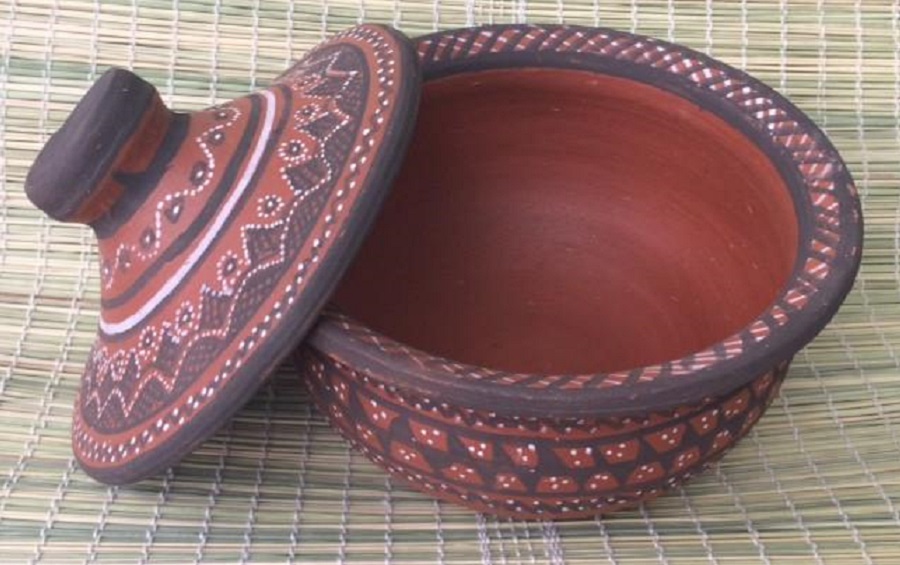
Khavda Pottery Cooking Pot 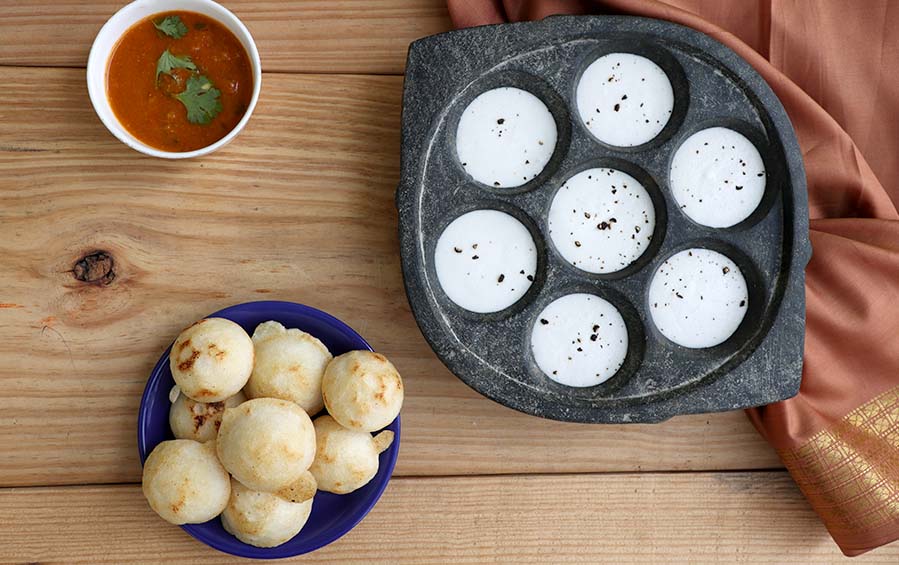
Stone Cookware 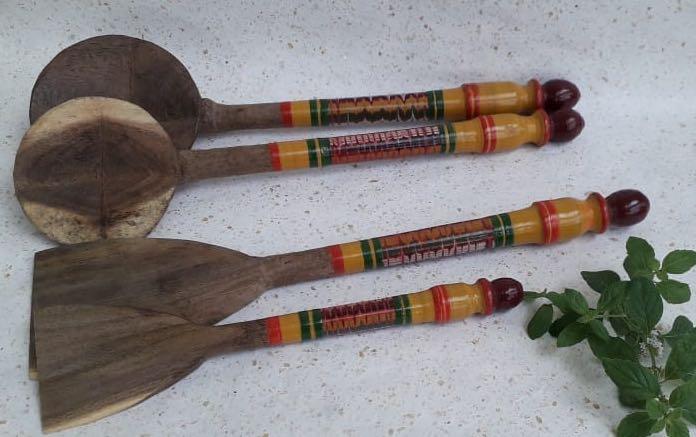
Wooden Culinary Tools Set
Books on The History of Indian Cusine
Ancient Indian food and food practices have directly or indirectly shaped us. For more details on Indian food heritage check out our Indian cuisine books collection HERE . This collection is inspired by Indian cuisine that reflects a 5000-year history of intermingling of various communities and cultures, leading to diverse flavours and regional cuisines. This collection consists of cookbooks about Indian cooking, book on history of Indian cuisine and Indic culinary journey.
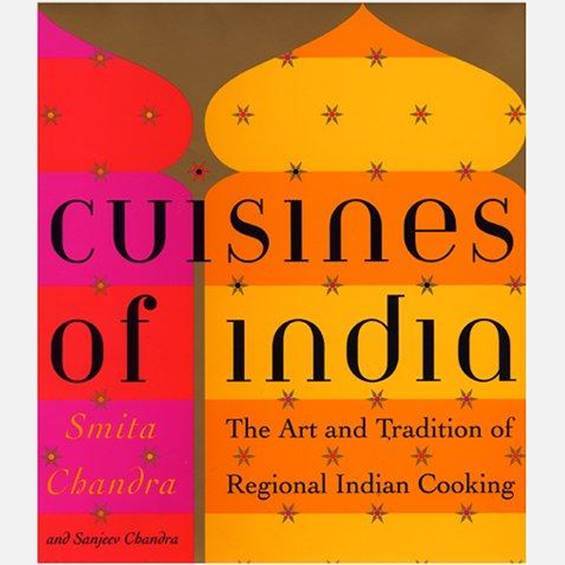
The Cuisines of India – Art and Tradition of Regional Indian Cooking by Smita Chandra 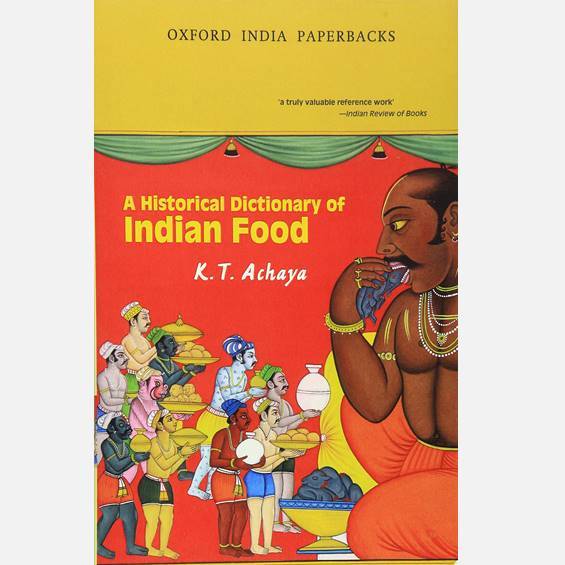
History of Indic Food – Historical perspective on Indian food – historian K.T. Achaya 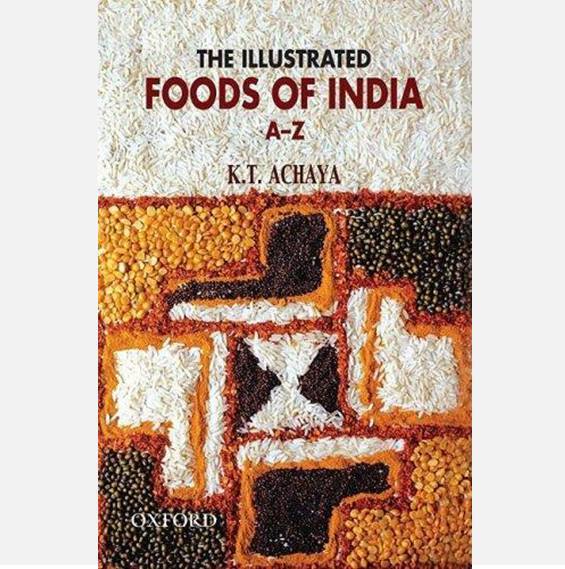
Illustrated Foods of India – Account of Indian cuisine heritage by K.T. Achaya – Food Historian
Also check out an interesting book by Om Prakash: ‘Food and drinks in ancient India (from earliest times to c. 1200 A.D.)’ – published in 1961. It is available for free download on http://archive.org:
Source:
1. Traditional and ayurvedic foods of Indian origin. P Sarkar, LK DH, C Dhumal, SS Panigrahi, R Choudhary. Journal of Ethnic Foods 2 (3), 97-109, 2015. Retrieved from https://www.sciencedirect.com/science/article/pii/S2352618115000438
2. ‘Fact Check: What did the Harappan people really eat?’ by Pooja Pillai. Retrieved from https://indianexpress.com/article/explained/indus-valley-non-vegetarian-national-museum-6278349/
3. ‘Vedic Food and Spices of India: Two chefs unravel ancient culinary wisdom and its secrets’ by Swapna Raghu Sanand. Retrieved from https://www.financialexpress.com/lifestyle/tourism-ministrys-webinar-on-vedic-food-and-spices-of-india-two-chefs-unravel-ancient-culinary-wisdom-and-its-secrets/2004934/
4. ‘Tracing India’s Food Journey – From The Vedas’ by Live History India. Retrieved from Tracing India’s Food Journey – From the Vedas : Live History India


